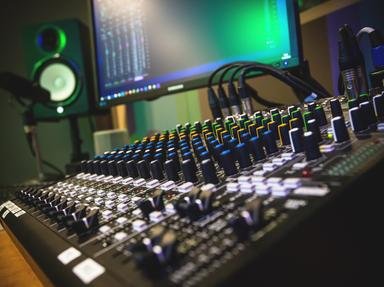27. Although the only original song on it was Darlene Love's "Christmas (Baby Please Come Home)", this album, which reached the U.S. top ten when reissued by Apple, remains one of the all-time classics of pop Christmas music. What was its Apple title?
From Quiz The Corps of Apple Records I
Answer:
Phil Spector's Christmas Album
"Phil Spector's Christmas Album" was a 1972 "Back to Mono" re-issue (APCOR 24) of 1963's "A Christmas Gift for You from Phil Spector", which (except for one track) featured Philles Records artists The Ronettes, The Crystals, Darlene Love and Bob B. Soxx & the Blue Jeans covering Christmas standards rearranged into Spector's "Wall of Sound" style. As Spector had become the principal producer for John Lennon and George Harrison, he chose to reissue this album on Apple, to everyone's benefit. The original Philles issue had reached the top 20, but the Apple reissue did even better, reaching number six.
Two of the other choices were also Apple Christmas releases: "Happy Xmas (War Is Over)" was a 1971 holiday single by John Lennon and Yoko Ono that reached number one in the U.K. in 1981, and "The Beatles' Christmas Album" was a 1970 promotional-only compilation of the Beatles' Christmas records that had been made for their fan club between 1963 and 1969.





 Quick Question
Quick Question = Top 5% Rated Quiz,
= Top 5% Rated Quiz,
 Top 10% Rated Quiz,
Top 10% Rated Quiz,